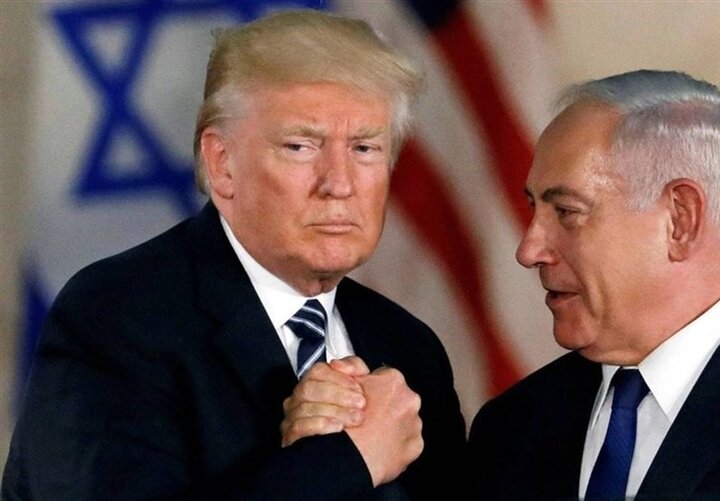
The fragile ceasefire in Gaza represents less a path to peace than a temporary pause in the inevitable next confrontation. The fundamental disagreements between Israel and Hamas, coupled with unrealistic expectations from international mediators, create a perfect storm for future conflict.
Irreconcilable Positions: Disarmament vs. Resistance
Netanyahu insists on Gaza becoming a “weapon-free zone with permanent security,” demanding complete disarmament of Hamas as a non-negotiable precondition. Meanwhile, Hamas leaders characterize this as “destruction of the ideology of resistance” and have only consented to “temporary deactivation.” This isn’t merely a tactical disagreement but represents fundamentally incompatible worldviews that no ceasefire can bridge.

Right: Hamas leader, Khalil Al-Hayya, in Doha
The Body Count Politics
The implementation of the ceasefire’s first phase has already stalled over the issue of prisoner remains. Hamas has returned only 9 of 28 promised bodies, citing the practical challenges of excavating sites destroyed by Israeli bombing. Israel interprets this as bad faith and has responded by limiting humanitarian aid through Rafah crossing. This cycle of accusation and counter-accusation demonstrates how easily logistical challenges become political weapons, undermining the fragile trust needed for lasting peace.

The Governance Vacuum
The proposed Provisional Committee of Palestinian Technocrats, supervised by Trump’s “Peace Board,” faces legitimacy challenges from all sides. Hamas claims it will withdraw from direct administration while maintaining indirect influence, Israel rejects any role for the Palestinian Authority without significant reforms, and the people of Gaza are largely excluded from these discussions. This administrative vacuum creates ideal conditions for the conflict to reignite.

The Reconstruction Mirage
Trump’s vision of Gaza as a “Middle East Riviera” ignores the staggering reality: 50 million tons of debris requiring 20 years to clear and 80 years for comprehensive reconstruction. With Israel maintaining control over borders and materials, and Hamas likely to use reconstruction as political leverage, the rebuilding process itself threatens to become another battlefield.

Conclusion: The Inevitable Next Round
This ceasefire represents not peace but intermission. Without addressing the fundamental power imbalances, political aspirations, and humanitarian needs of Gaza’s population, the current arrangement merely sets the stage for the next, possibly more destructive, confrontation. The illusion of progress may serve short-term political interests in Washington and Tel Aviv, but it comes at the cost of Palestinian lives and regional stability.

Researchers conclude that $53.2bn is needed for extensive reconstruction and recovery efforts in Gaza over the next 10 years.




